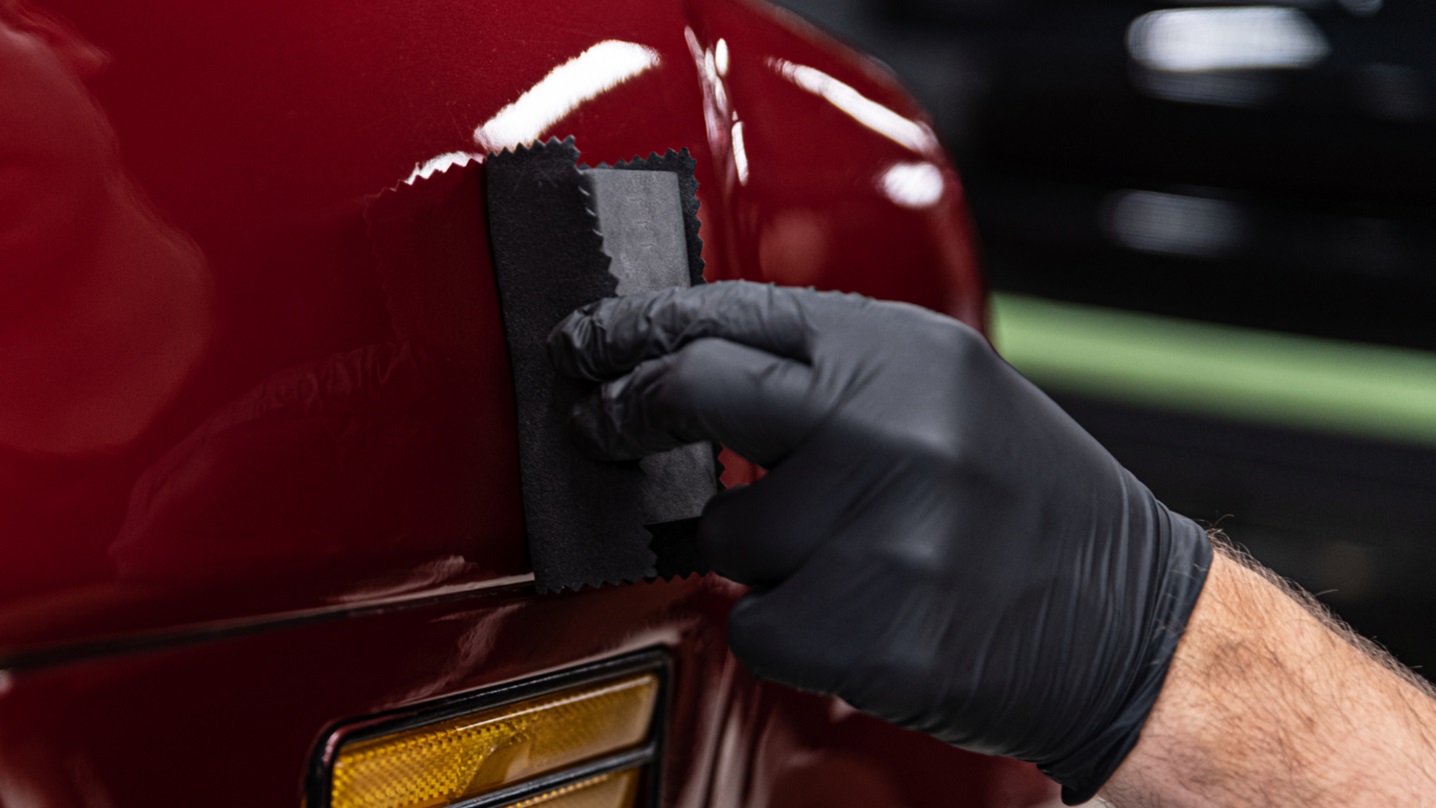How a two-wheeler manages in rough terrain?
An off-road vehicle, otherwise called a light utility vehicle a quad bicycle, or just a quad, as characterized by the American National Standards Institute is a vehicle that movements on. As the name suggests, it is intended to deal with a more extensive assortment of the landscape than most different vehicles. Even though it is a road lawful vehicle in certain nations, it isn’t road legitimate inside most states, domains, and regions.
Security concern:
Security courses and instructive writing has diminished the number and seriousness of mishaps among ATC and ATV riders which is the best bike from 100cc to 125cc. The lighter front end and more modest impression of present both flipping and controlling danger under-speed increase and require one of a kind methods to ride appropriately, and turning lean requires more embellishment than ATVs; Throttle guiding is one more procedure regularly utilized in the best 125cc scooter delicate landscape and at high paces, inclining to within the turn and controlling the choke to break foothold with the back tires, bringing about the machines turning on a pivot while keeping a forward heading.
Movements:
Movements of the best bike in 100cc to 125cc can be generally assembled into those out of the focal plane of balance: horizontal; and those in the focal plane of balance: longitudinal or vertical. Horizontal movements incorporate adjusting, inclining, directing, and turning. Movements in these two gatherings are directly decoupled, that is they don’t cooperate with the principal request. An uncontrolled bicycle is in best 125cc scooter horizontally unsteady when fixed and can be along the side self-stable while moving under the right conditions or when constrained by a rider. Alternately, a bicycle is longitudinally steady when fixed and can be longitudinally unsound while going through adequate speed increase or deceleration.
Equilibrium:
When examining bicycle balance, it is important to recognize cautiously between “steadiness”, “self-dependability”, and “controllability”. Late exploration proposes that “rider-controlled soundness of bikes is to be sure identified with their self-solidness. A bicycle stays upstanding when it is guided so the ground response powers precisely balance the wide range of various inside and outside compels it encounters, for example, gravitational if inclining, inertial or diffusive if in a turn, gyroscopic in the case being directed, and streamlined if in a crosswind. The directing hub is the hub regarding which the whole controlling component (fork, handlebars, front wheel, and so forth) turns.
The Last words:
A factor that impacts the directional strength of a bicycle is the wheelbase, the flat distance between the ground contact points of the front and back tires. For a given dislodging of the front wheel, because of some unsettling influence, the point of the subsequent way from the first is conversely relative to the wheelbase. At long last, the wheelbase increments when the bicycle is inclined and directed. In the limit, when the lean point is 90°, and the bicycle is controlled toward that lean, the wheelbase is expanded by the range of the front and back tires.




